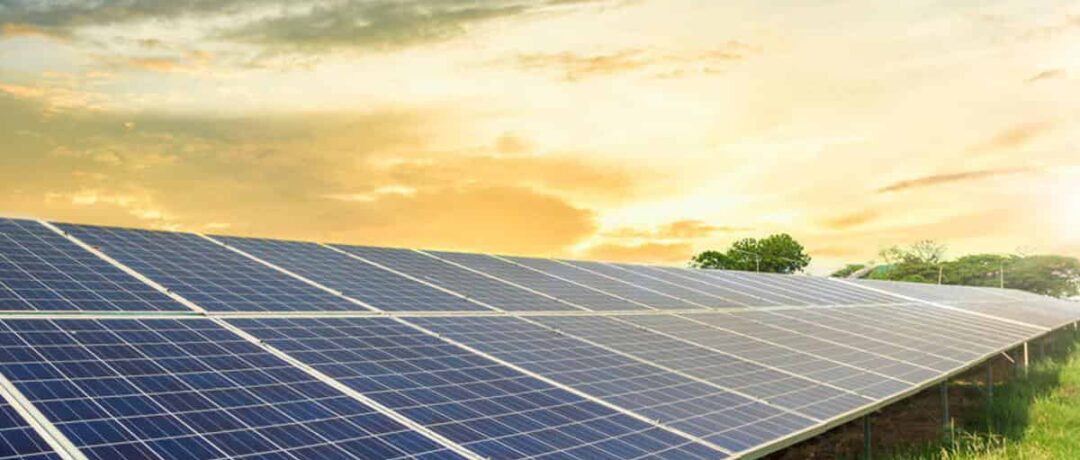If you’re doing research on solar power, you have probably come across the term solar clipping at least once. It is something that every prospective solar owner must consider, as it has to do with panel efficiency and energy loss. But what is solar clipping exactly, and how does it affect your budget?
Here’s everything you need to know, including a way to avoid all losses and preserve your budget. Read on!
Solar Clipping Defined
Solar clipping refers to the energy lost during the conversion of DC energy into AC energy in your solar inverter.
As you probably already know, solar systems generate DC energy when sunlight hits the panels’ cells. However, home appliances need AC energy in order to run. To that end, all solar systems come with an inverter, which takes care of the DC-AC transformation.
On average, solar systems generate around 0.1% more energy than the inverter can handle. That is especially the case during extremely sunny and warm days, when the sunlight is at its most powerful.
Thus, there is a small amount of energy that gets lost in the process of inversion. This loss can be avoided if you match the output of your panels to the capacity of your inverter. However, in most cases, doing so requires buying extremely expensive inverters.
How Often Does Solar Clipping Occur?
In a properly installed system, solar clipping takes place for an hour or two on every sunny day. On average, about 15% of winter days see at least some solar clipping between noon and 3 in the afternoon.
Things are slightly different during spring and summer. Average numbers show that solar clipping happens more often, on at least 30% of days.
Are Solar Clipping Losses a Danger to Your Budget?
Although all of this information might seem scary, we have good news. Namely, a solar system’s energy gains always largely outweigh the solar clipping losses, even on the sunniest of days.
For reference, most solar providers try to fit your system with an inverter that will cause the least energy deficits. So, average losses never exceed 1% of all the energy generated in a single day.
In other words, you never lose enough energy to actually feel the loss. It is easy to see why, as your system already generates more energy on sunny days. Thus, you have more than enough to power your home and appliances, no matter how much you might lose in the conversion process.
To put things into perspective, the approximate 1% energy loss translates to just around $18 every year. Compared to how much you can save on utility bills by going solar, this number is truly insignificant.
Is There a Way to Avoid Solar Clipping?
Of course, you can avoid the issue of solar clipping completely by buying an inverter that has the same capacity as the solar panels on your roof. However, this usually makes your whole solar system around 0.5 times more expensive, which is not a small amount.
Thus, it is all up to you and your budget. If you have enough money to buy a strong inverter or you can use government incentives, go for it. But if you can’t — do not stress about it too much. As we have mentioned, the loss is truly not noticeable, so your budget won’t suffer.
To Sum Up
Solar clipping is a phenomenon of energy loss caused by the low capacity of the AC/DC inverter. Since reputable solar providers always take solar clipping into account, they aim to supply you with inverters whose capacity is as close to the output of your panels as your budget allows. Thus, the losses that occur are never significant, meaning that you don’t lose too much money.
Take a Look at These Solar Articles
How to Prepare for Solar Panel Installation?
Pros and Cons of Solar Power
First Spacecraft Powered by the Sun





